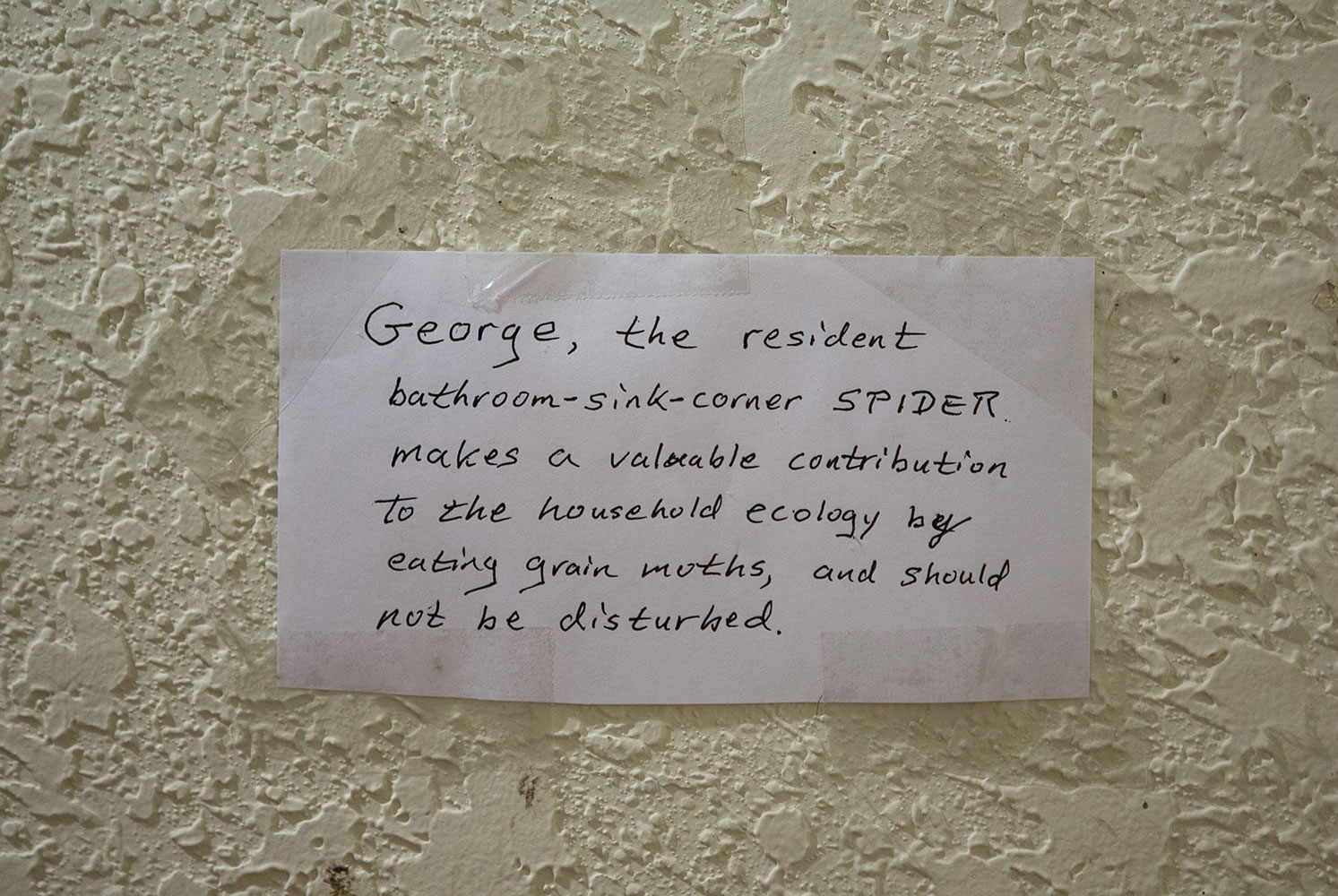I planted my peas a few days ago.
Carol Deppe, a plant breeder and gardener in Corvallis, Ore., had whetted my appetite for her favorite snap pea, Oregon Giant Sugar, and many other spring greens in her latest book, “The Tao of Vegetable Gardening: Cultivating Tomatoes, Greens, Peas, Beans, Squash, Joy and Serenity,” published in February by Chelsea Green.
So now I sowed those peas, per her instructions, two inches apart in a wide bed. I sowed one batch for pea shoots, which can be harvested at 6 inches high, and others in wide rows in a circle around my tomato cages. This is another Deppe method: Oregon Giant Sugar is a medium-vine variety, not a tall one that needs a 7-foot trellis. So she lets the vines scramble up her tomato cages, before the tomato plants need the space.
Deppe, 69, a geneticist who left the research lab for the garden years ago, applies her scientific mind to organic methods, breeding disease-resistant vegetables with the best flavor, nutrition and yield for the least amount of work (hurray).
Once I read the “Tao of Vegetable Gardening,” with its mix of sly humor, dirt gardening (how to use a hoe with the least effort), the art of non-doing (very Tao), how to cook greens and even freeze them (heretofore impossible in my kitchen), and Deppe’s own translations of 2,500-year-old Chinese texts — well, I had to meet this woman.



